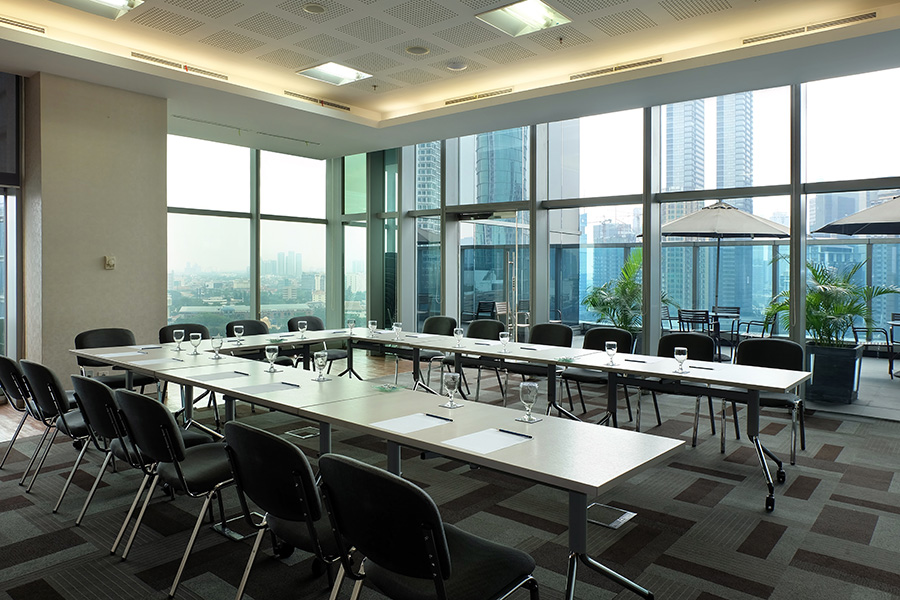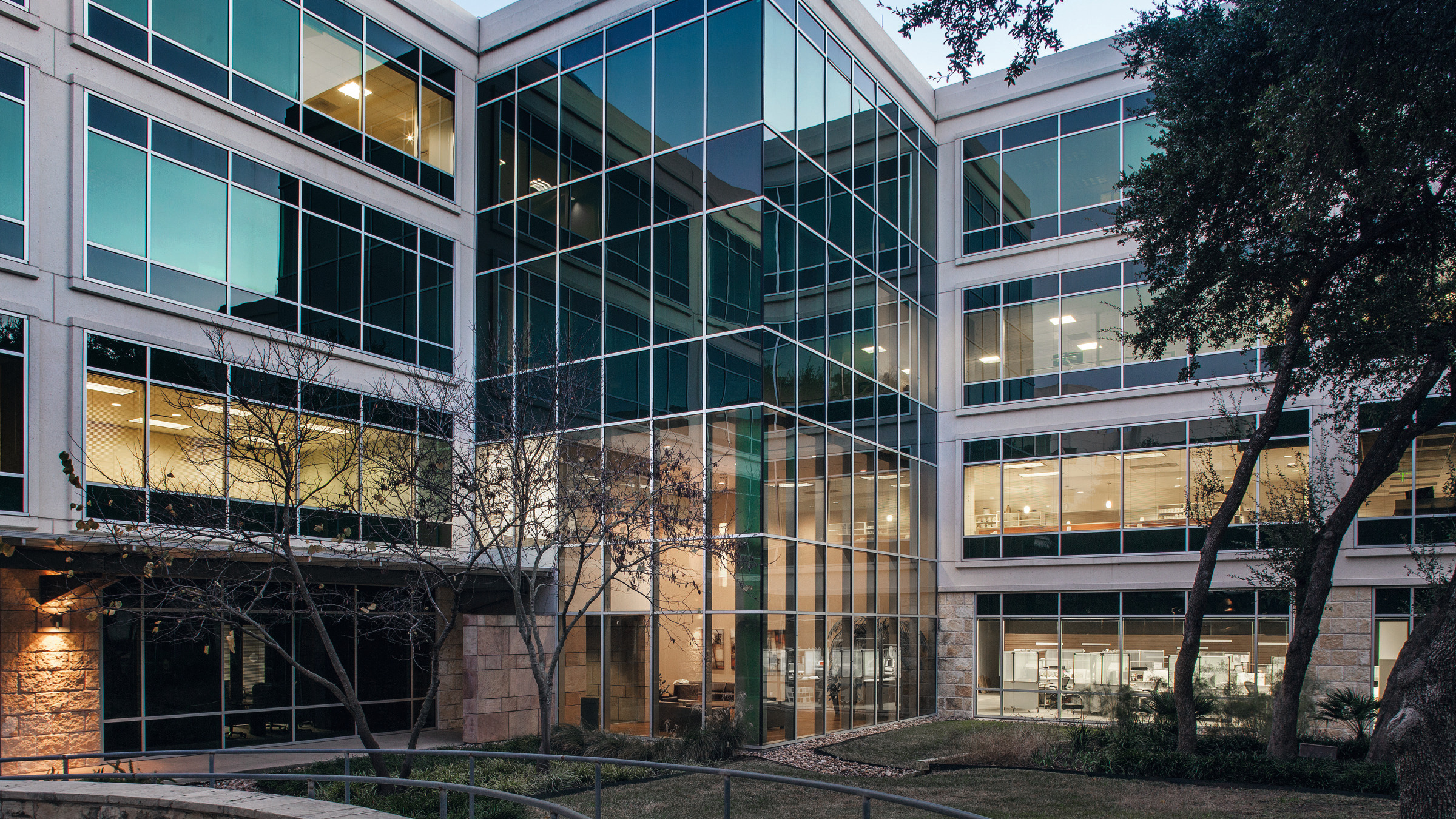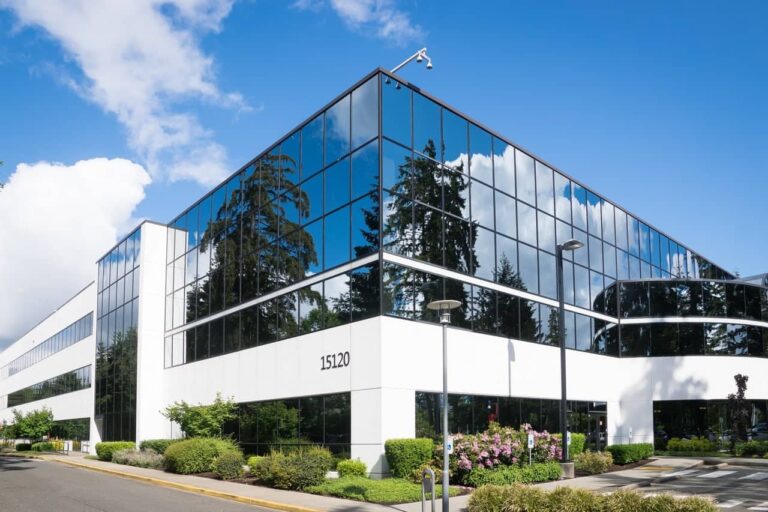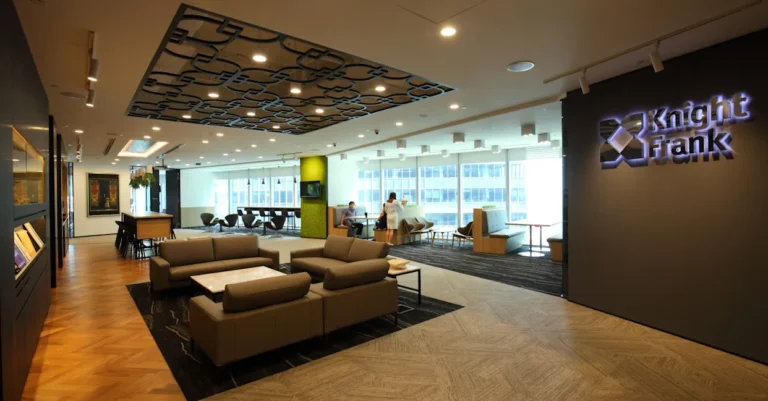Corporate Office Space for Lease Ultimate 2025 Guide for Businesses
When a company seeks a professional workspace, one of the most strategic decisions is choosing a corporate office space for lease. Rather than purchasing the building outright, a business leases a fully-configured or shell office building (or portion thereof) where it can operate day-to-day functions-sales teams, executive offices, client meeting zones, back-office operations, and more.
Leasing is especially prevalent among mid-sized and larger enterprises that value location, prestige, and flexibility. In 2025, the market for corporate office space for lease is shaped by hybrid working models, sustainability mandates, rapid scaling needs, and a premium on smart-building technology. Businesses are evaluating not just square footage and rent per square foot, but how the leased space supports digital infrastructure, wellness of employees, connectivity, ty, and brand identity.
Why Leasing Corporate Office Space Is Gaining Momentum
Businesses are taking a fresh view on workspace strategy. Ownership comes with capital outlay, maintenance burden, and long-term tie-ins to a location. Leasing, on the other hand, enables:
-
Faster occupancy: Companies can move in faster, particularly if the space is built out already to use.
-
Flexibility: Lease terms allow up- or down-sizing, co-tenant arrangements, or relocating without the burdens of property disposal.
-
Access to premium locations and amenities: Firms can secure addresses in business districts that may be unaffordable to purchase outright.
-
Reduced risk: With shorter commitments, businesses can respond more nimbly to market shifts, team size changes, or remote/hybrid work demands.
For these reasons, the keyword “corporate office space for lease” is highly transactional: it targets businesses actively shopping for spaces to rent, not just researching generically. A strong SEO article must guide these prospective tenants toward real listings, highlight benefits, and show how to act.
Benefits of Leasing Corporate Office Space

Financial and Operational Benefits
Leasing corporate office space can significantly improve a company’s cost structure. Instead of tying up capital in property acquisition, the business allocates budget to operations, technology, staff, and growth initiatives. Monthly or annual lease payments are often predictable, and many leases include maintenance and common-area charges that simplify budgeting.
Operationally, a well-leased office boosts productivity: high-quality infrastructure (like fiber internet, meeting rooms, HVAC systems) is often included in Class A or prime office buildings. The business avoids the cost and time of retrofitting older properties and can tailor the interior to its needs more rapidly. Furthermore, for international firms expanding into new markets, leasing offers a lower-risk entry path.
Strategic & Brand Benefits
A prominent location in a central business district enhances brand credibility and employee attraction. Leasing enables companies to secure addresses that reflect their image-modern glass towers, green certified campuses, and flexible workplaces with amenities like gyms or cafés.
In today’s workplace, where talent has choice, offering a vibrant, well-designed office becomes part of employer branding. Leasing from a building with smart features also signals that the business is future-ready: automated systems, smart access, energy monitoring, and flexible layouts support a modern workforce and sustainability goals.
Top 5 Examples of Corporate Office Spaces for Lease
Below are real-world listings of corporate office spaces currently or recently available for lease, offering distinct value propositions.
1. Manhattan Office Tower

Located in Midtown Manhattan, this tower offers large floor plates, panoramic views, high ceilings, and direct access to transit. The building is fitted with advanced HVAC, high-speed connectivity, and smart access systems. For companies seeking a flagship headquarters or upscale leasing footprint, this property delivers high profile and connectivity.
Benefits & Use Case:
Choosing this lease gives a company a prestigious address in New York’s financial centre, which supports credibility with clients and talent. The modern infrastructure minimizes downtime and supports high-tech operations or client-facing functions. A rapidly scaling tech company wanting to locate a USEastCoastt hub would find this building ideal.
2. WeWork Jakarta Corporate Offices
In Jakarta’s business district, this offering from WeWork includes private offices, full-floor spaces, and enterprise-level fit-outs. Flexible terms allow companies to scale up or down as needed. Amenities include barista lounges, event spaces, and vibrant surroundings.
Benefits & Use Case:
For multinational firms entering Indonesia or Southeast Asia, leasing here reduces the setup burden. The flexible model suits firms unsure of long-term headcount or those pursuing regional hubs. It solves the problem of uncertain growth by providing move-in readiness with flexibility.
3. Austin Green Office Park

Situated in Austin’s rapidly growing tech corridor, this office park emphasizes sustainability and team wellbeing. With landscaped outdoor spaces, EV charging stations, solar panels, and smart building systems, it caters to companies prioritizing ESG (Environmental, Social, Governance) credentials.
Benefits & Use Case:
For a company seeking to attract young talent who value wellness and environment, this leased space aligns with those values. Also, for companies seeking to align their workspace with corporate responsibility goals, this property solves the challenge of an outdated facility by offering modern design and green credentials.
4. London Business Tower, Canary Wharf
This London offering combines retail, coworking, and corporate office space in one high-end building in Canary Wharf. With biometric access, digital systems and proximity to major financial institutions, it appeals to firms in finance, law, consulting, or global operations.
Benefits & Use Case:
By leasing here, a firm positions itself in a major global financial hub. It solves the problem of fragmented operations by consolidating teams under one roof, while also offering modern amenities to support high-end client service and staff experience.
5. Singapore Corporate Campus & Office Space

In Singapore, this campus offers mixed-use office space, warehouse, and distribution layers-ideal for regional headquarters with logistics or supply-chain components. With smart infrastructure, fiber connectivity, and business-park features, it appeals to firms operating in the Asia-Pacific.
Benefits & Use Case:
For a technology or logistics firm looking to unify office and operations in one facility, leasing this space provides a solution. It addresses the challenge of coordinating multiple sites by offering all functions in one campus-style environment in a top business destination.
How to Lease Corporate Office Space: Step-by-Step
Step 1: Determine Requirements
Begin by assessing your business size, growth projections, team structure, required amenities (meeting rooms, server room, collaboration zones), and budget. Map out the ideal location: consider commute time, accessibility, prestige, brand alignment, and client-facing visibility. Also account for technology infrastructure, power/cooling, security, and sustainability criteria.
Step 2: Explore Listings & Shortlist
Use commercial real-estate platforms and brokers to scout properties. Filter by lease terms (duration, escalation clauses, renewal options), building class (A, B, C), tenant mix, amenities, and location. For each shortlisted property, schedule viewings, review floor plans, and ask about move-in readiness and tenant improvement allowances.
Step 3: Negotiate Terms and Perform Due Diligence
While negotiating, key parameters include rent per square foot, lease term, escalation rate, tenant improvements, build-out allowances, common-area maintenance (CAM) charges, renewal options, subleasing rights, and exit penalties. Understand the type of lease (gross, net, modified gross) and clarify which costs you bear.
Due diligence should check building condition, access rights, service quality, and local zoning/permits-especially if you will install specialized infrastructure.
Step 4: Sign Lease and Move In
Once terms are settled, the lease is signed, and move-in planning begins. Coordinate with the landlord or property manager for build-out or tenant improvement, IT setup, furniture procurement, and occupancy planning. It’s wise to schedule onboarding, orientation, and phased move-in to mitigate disruption.
Step 5: Manage and Optimize Space Use
After occupancy, monitor how the space is used. Employ occupancy sensors or analytics to ensure you’re not overpaying for unused space. Be ready to renegotiate or sub-lease parts if team size changes. Regular reviews ensure the leased space continues to serve the company’s evolving needs.
Where to Start Your Search:
Leveraging Technology to Maximize Value of Leased Corporate Office Space
Insert image of the product: Smart office with IoT lighting, sensors, and collaborative spaces.
Smart Building Infrastructure
Modern office buildings incorporate IoT sensors, smart lighting, automated climate c, and real-time energy analytics. For tenants, this means a more comfortable, efficient workspace and lower operational overhead. Incorporating such technology into your leased space enhances the employee experience and supports sustainability goals through data-driven energy savings.
Virtual Tours, Digital Leasing & Remote Management
Technology now allows prospective tenants to explore spaces via virtual reality tours, review floor-plan analytics online, and negotiate using digital platforms. This accelerates leasing decisions and reduces travel/time costs. After moving in, remote monitoring tools allow facility managers (or the tenant’s internal team) to track occupancy, energy usage, meeting-room avail, and space reservations-keeping the leased footprint optimized.
Data-Driven Space Optimization
Once in occupancy, analytics on usage patterns can show which areas are under-utilized (e.g., large conference rooms, rarely used floors). This insight enables tenants to renegotiate or sublease portions, ensuring you’re paying only for what you need and minimizing wasted spend. Technology thus converts a traditional lease into a dynamic cost-control and productivity platform.
Use Cases: Solving Business Challenges Through Corporate Office Leasing
Startup Scaling and Flexibility
A fast-growing startup doesn’t want to be tied down by a 10-year ownership commitment. By leasing a corporate office space for lease, they can select a prime location, benefit from move-in readiness, scale teams quickly, and preserve capital for product development or marketing. If headcount grows rapidly, they can negotiate additional floors or relocate without owning a building they may soon outgrow.
International Expansion
For companies entering a new geography, leasing is the low-risk approach. A business can secure high-quality office space in a foreign market, test operations, assess local talent avai, lability ansuitabilityility-all without buying property or committing long-term. If the locale proves viable, the company may later build out or purchase; if not, exit is easier.
Rebranding and Modernization
An established business operating in outdated premises may want to refresh its brand, attract new employees, or modernise its work environment. Leasing a corporate office space in a new, technology-enabled building solves this: the improved environment enhances employee experience, supports modern workflows (e.g., hybrid/hot-desking), and signals a cultural shift.
Cost Control in Changing Work Models
With remote and hybrid work prominent, many corporations aim to reduce their real-estate footprint. Leasing enables flexibilit-down-sizing, sub-leasing part of the space, or moving to a more efficient layout without being locked into a dated asset. This addresses the challenge of fixed overhead in a fluctuating workspace demand environment.
Aligning with ESG and Talent Attraction
Businesses seeking to meet environmental sustainability goals and attract talent by offering high-amenity offices benefit from leasing in green-certified buildings. By selecting modern corporate office space for lease with smart building features and wellness design, they solve the dual problem of employee retention and regulatory compliance.
Frequently Asked Questions
Q1: What’s the difference between leasing corporate office space and buying a building?
Leasing means renting a space for a defined term under agreed conditions. You avoid the large capital outlay, maintenance responsibility, and long-term risk of owning property. Buying involves capital lock-in, full responsibility for building operations, and reduced flexibility. Leasing offers agility, which in fast-changing markets is often more valuable.
Q2: What types of lease terms should I watch out for?
Key terms include lease length (3-10 years or more), renewal options, rent escalation (percentage increase per year), tenant improvement allowance (how much landlord pays for build-out), subleasing rights (can you lease part of the space if you down-size?), and type of lease (gross, net, modified gross) which dictates who pays for maintenance, taxes and utilities.
Q3: How do I ensure the corporate office space I lease supports my future needs?
Select a building that offers flexible floor plates, modern infrastructure (high-speed internet, smart systems), good location for talent and clients, and amenity support (parking, transit access, food services). Negotiate lease terms that allow expansion or contraction (e.g., right of first offer on adjacent floors). Also consider technology-enabled management tools to monitor and optimise space usage over time.





